The gang rape and death of a young woman on a bus in New Delhi has awakened in the hearts of Indian citizens a new sense of civic duty and a new faith in activism to incite change.
Many people in India, and the rest of the world, have become cynical about the effectiveness of activist movements that rise up one day and fizzle out the next. This time, however, people were not mobilized by an activist movement or a political party. Individuals have gathered of their own volition, braving extreme cold weather and lighting candles for the girl they call “brave heart.”
“Last year when protests happened against corruption, led by Anna Hazare, people participated in huge numbers, but nothing happened after that. It has not changed the state of things,” said Rishab P. Nair, a member of the motorcycle group Bikers for Good Initiative who participated in a vigil at Indian Gate, New Delhi, in support of the rape victim.
“This time people got fed up of how huge movements led by leaders start and then shut down soon. People instead wanted to work out things themselves and they reached out to each other across social classes,” he said. “Earlier, we believed that we cannot make a difference when people have trouble. However, this time people were thinking that everyone is responsible for everyone else.”
Indians have come together in the past to express outrage at how rapes are handled by Indian authorities and to support the safety of women. But past protests have remained isolated, quickly lost steam, were limited to their regions, and rarely inspired such massive youth participation.
Many protesters feel the rape victim could have been any one of them, explained Bitopi Dutta, who specializes in social work related to women at the North Eastern Social Research Center at Guwahati in Assam State, India. Many women face some kind of harassment or insecurity on roads, buses, metro trains, and streets in Delhi.
“When girls are harassed on streets, they go and share it with the men in their family and friends and pass on the consciousness of the issue to them. Thus, though it is only a lived experience for women, it becomes a personal experience for men who are sensitive to the issue,” Dutta said.
The name of the 23-year-old woman has not been released (although some media reports say the girl’s father released the name, other reports say the father has chosen to withhold it), but the public has given her pseudonyms: Nirbhaya, which means “fearless,” and Damini, which means “lightning.”
She was on her way home on a bus from watching “The Life of Pi” at a movie theater with a male friend when she was raped, beaten, and left with her companion on the side of the road. She later died in a hospital.
Police allegedly discussed jurisdiction before providing assistance to the pair, and passersby did not stop to help. Rape cases are often slow to move through the judicial system and the safety of women is not protected, say protesters.
Thousands of Indians have gathered to protest in New Delhi in the weeks following the rape. Rallies have spread across the nation to Bangalore, Hyderabad, Guwahati, Kolkata, Mumbai, and Jammu.
Nationwide mass protests are not an entirely new phenomenon in India. Mahatma Gandhi led the country in mass protests six decades ago as India fought for independence from British colonial rule. Recently, protests against nuclear energy have galvanized activists across the country.
Most of these protests have, however, been led by an activist or a political leader. This time, individuals are stirring of their own volition.
Dutta says media outlets have been integral in motivating the surge in activism. Delhi news spreads easily to the rest of the country through its access to Indian national media.
Nair described the India Gate gathering: “It was a very spirited atmosphere.” He felt a great synergy at the protest site and felt for the first time that his participation would make a difference.
Instead of sitting at home, watching the news and talking with friends about political or social issues, for the first time, he felt motivated to get out and express his reaction publicly.
People who did not know each other at the protest were enthusiastically sharing their views with one another—discussing what needs to be done and figuring out how to achieve it, Nair said. Some discussed punishing the culprits publicly, others decried the low conviction rate for rape cases in the country, and some learned protesters spoke of practical solutions.
Many men, not only women, participated.
“Men were very concerned,” said Nair. “They were talking about protecting not only their sisters or mothers, but also those on the road who need their help.”
The alleged rapists’ trial began Jan. 7 in a fast trial court set up by the government. In response to the protests and demand for increased safety for women in New Delhi, the state government announced a helpline for women in distress. Women will be able to seek aid by dialing 181. The helpline has not, however, been activated yet.
The protests also compelled the Indian Central Railway authorities to make Mumbai trains safer for women. The authorities have announced that the coaches reserved for women in all its trains in Mumbai will be soon equipped with an emergency button. Every coach, general or reserved, will soon have a closed-circuit television (CCTV) camera.
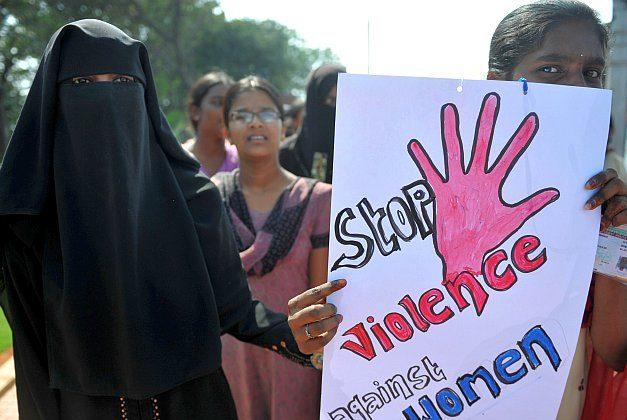

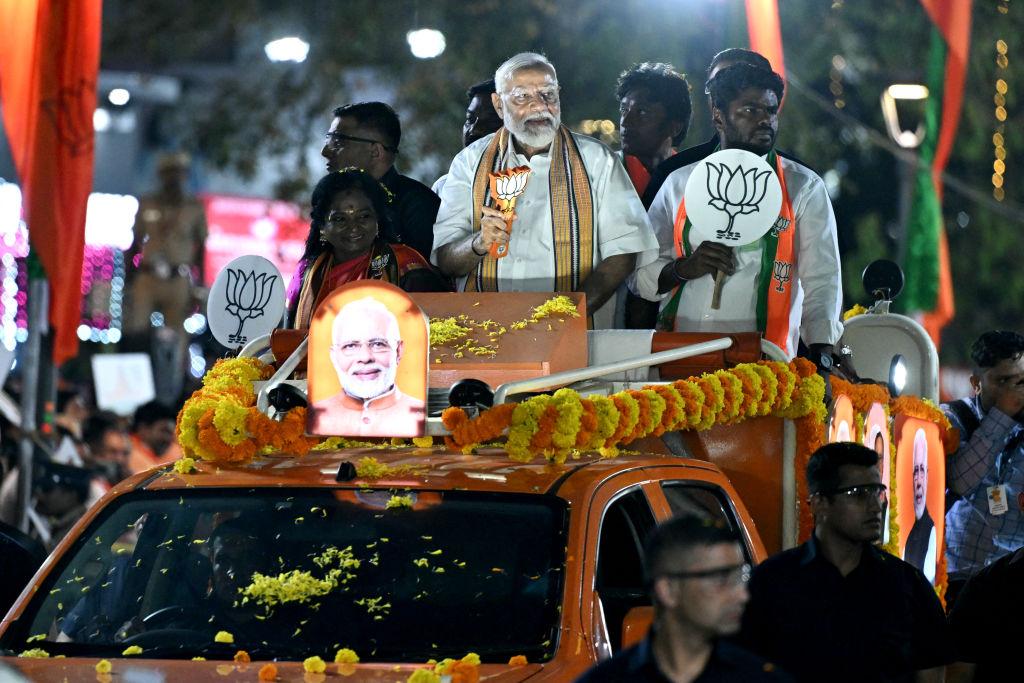
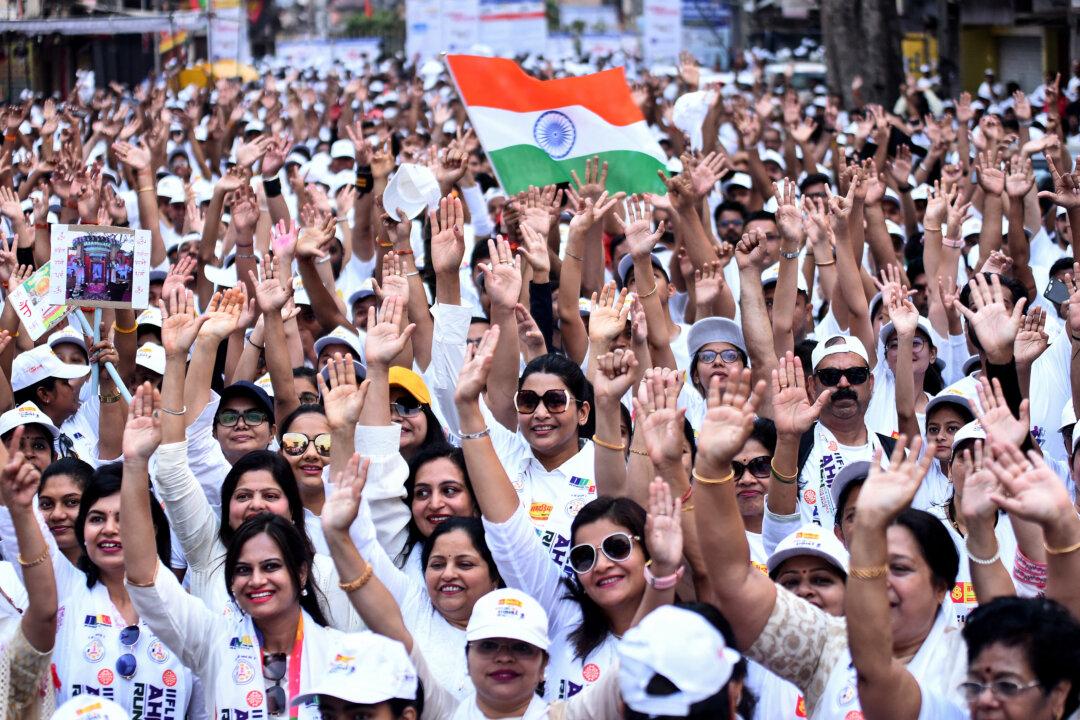
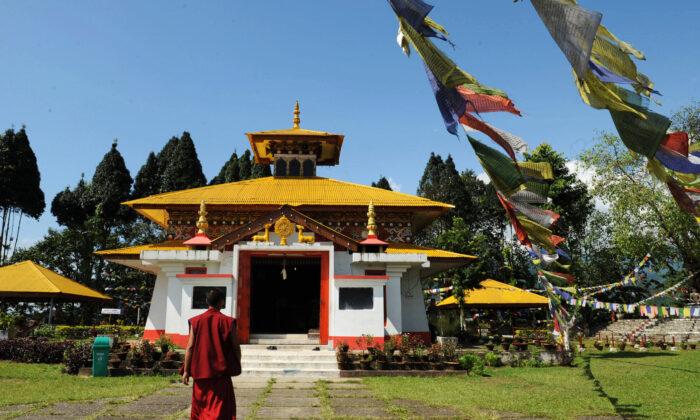
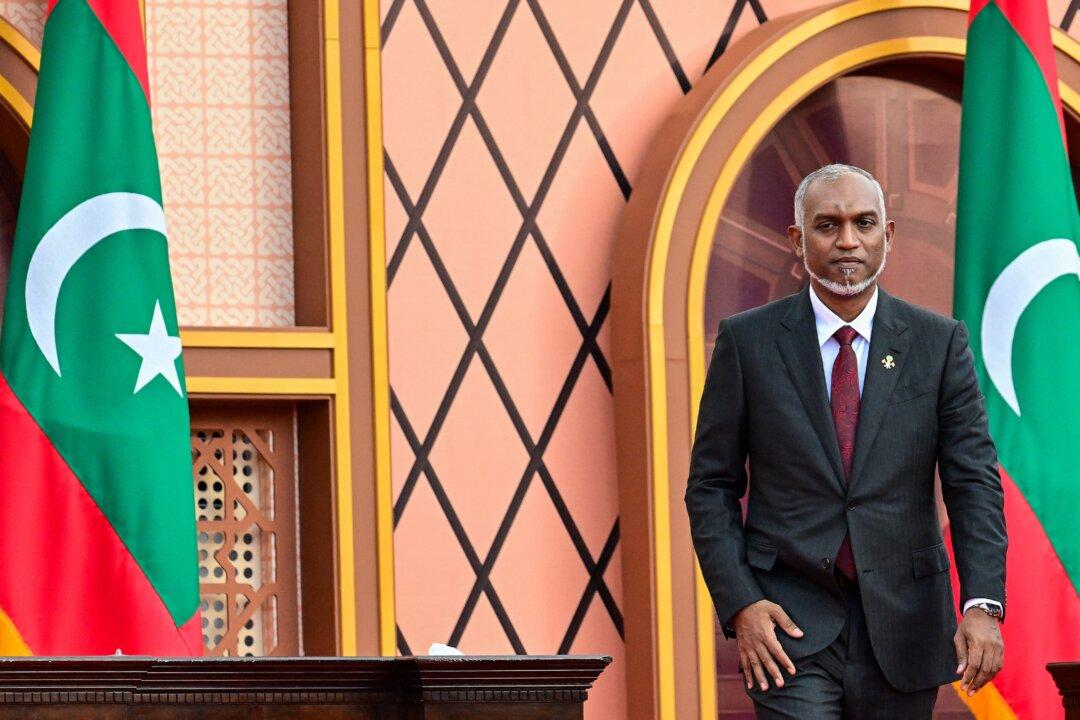
Friends Read Free